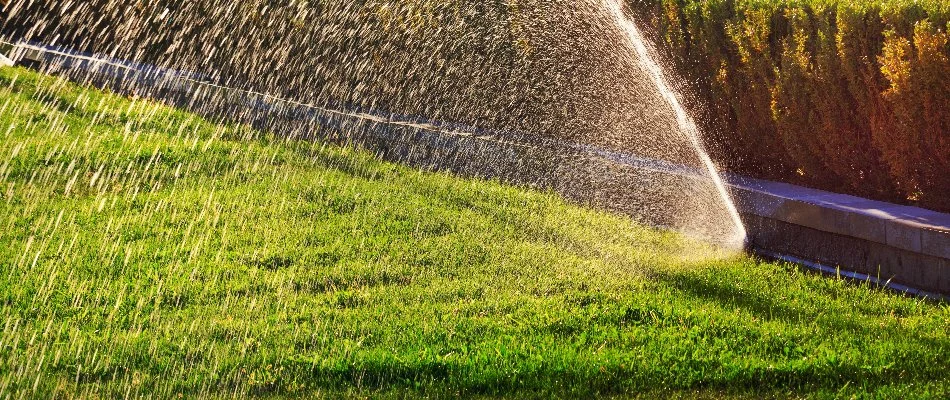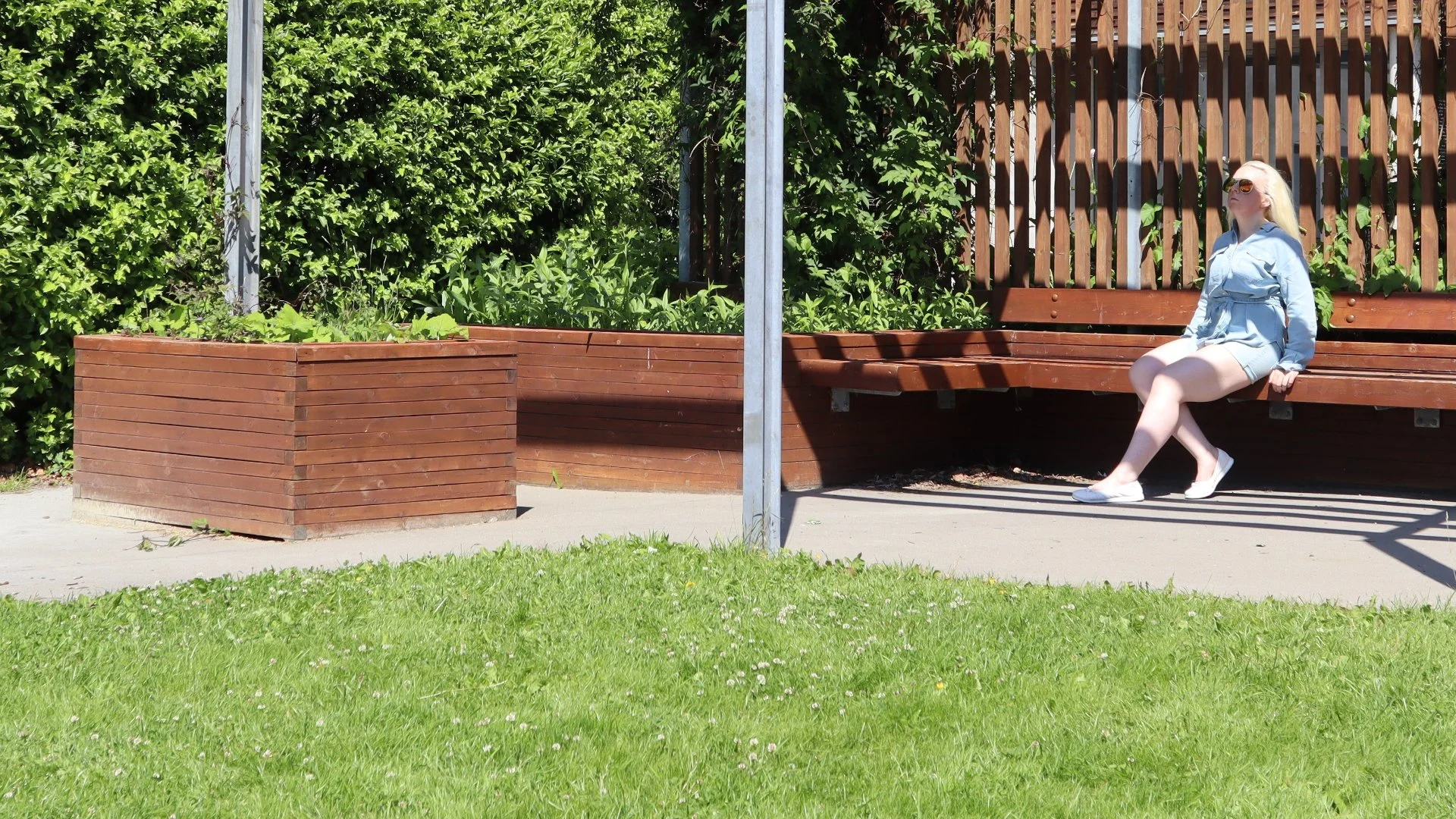Have you looked at your lawn in the Sioux Falls, SD area recently and noticed pathways from where people have previously walked or driven on your grass? If so, that's a phenomenon known as heat tracking. Heat tracking occurs when physical pressure is applied to grass and causes damage to the cell walls and other parts of it. This usually happens when the conditions are hot and dry and your grass is already under stress. Signs that you have heat tracking on your lawn include noticing lines or tracks on your lawn that mimic the route that is often taken by people walking on your lawn or where equipment goes over your lawn. Luckily, heat tracking only damages grass blades, not their roots, so you can help your lawn recover from it with proper watering and mowing practices. Continue reading to learn more about heat tracking and how you can help your lawn recover.
What is heat tracking and what is the science behind it?
Heat tracking is a phenomenon that occurs when walking or driving on grass, particularly during periods of hot and dry conditions, and leads to visible tracks or pathways in the grass as a result of the grass being damaged. Heat tracking doesn't just happen randomly, there's a science behind what causes it. When physical pressure, such as the weight of a person or the weight of a lawn mower, is applied to the grass, it can cause damage to various parts of the grass. For instance, pressure can damage the cell walls of the grass, which can lead to them losing their ability to maintain homeostasis, leading to the death of the cell. Pressure can also damage chloroplasts inside of the cells, hindering the grass's ability to photosynthesize. Heat tracking can also be caused by applying pressure to grass that is suffering from heat stress.
What are the signs that you have heat tracking on your lawn?


When it comes to heat tracking, sometimes it can be identified rather easily while other times it may take a keen eye to spot it. The damage from heat tracking usually appears as distinct pathways on your lawn where either foot or vehicle traffic has occurred. If you are noticing lines or tracks that mimic a route that is often taken by people either walking on or mowing your grass, there is a good chance that it's heat tracking!
You can help your lawn recover from heat tracking through proper watering and mowing practices.
If your lawn is suffering from heat tracking, it's not all doom and gloom. That's because while it can mar the appearance of your grass blades, it doesn't damage their roots! Because of this, your grass will be able to recover once it has the opportunity to grow new blades. To help your lawn recover, you should water it regularly to ensure it is always sufficiently hydrated and you should also mow it often, making sure to follow best practices. By caring for your lawn, you can expect it to recover from heat tracking in about 3-6 weeks.
Do you think your lawn is suffering from heat tracking? Give us a call today!
If you believe your lawn is suffering from heat tracking, we are the team to turn to. We can come out to confirm if your lawn is dealing with heat tracking, and if it is, we can come up with a lawn care plan to help it recover. We offer our services to property owners in Sioux Falls, SD, Sioux City, IA, and the surrounding areas in South Dakota, such as Tea and Harrisburg. If your property is in or around the Sioux Falls area, you can reach us at (605) 251-6880. If your property is in the Sioux City area, you can call us at (712) 253-8024.




Comments (0)
Thanks for your comment!
Thanks for your feedback! Your comments have been successfully submitted! Please note, all comments require admin approval prior to display.
Error submitting comment!
There is a problem with your comment, please see below and try again.